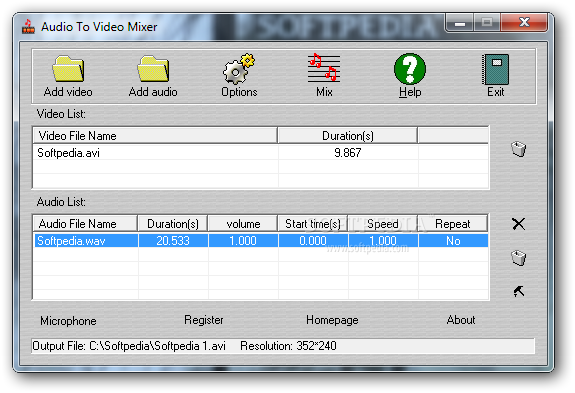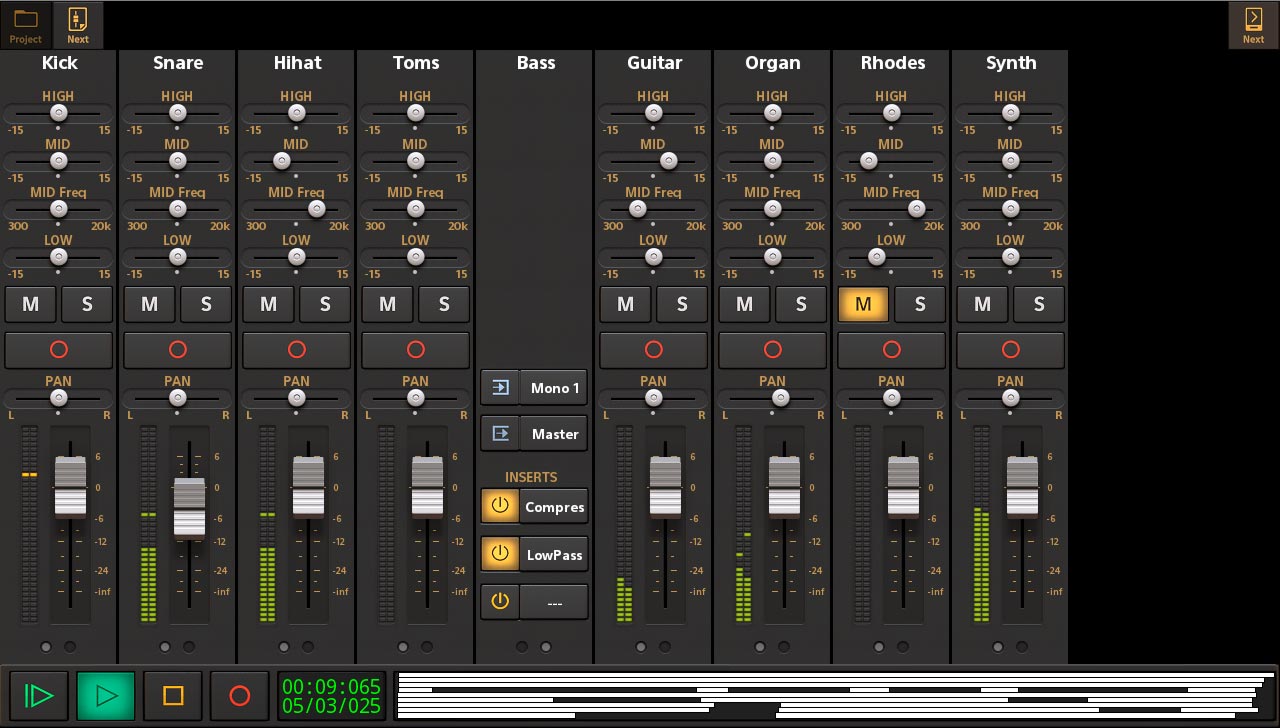
Since all the audio signals (mics, keyboards, DI boxes and so on) are coming from the stage, it makes a lot of sense to have the mixer, with all its input connections, there too. Having the freedom to walk around while mixing means you should be able to arrive at a mix that sounds good everywhere.ĭivorcing the means of control from the mixer itself has one other major advantage, however, that of being able to leave the mixer on stage. This obviously has its disadvantages, in that the mix might sound perfect where you're standing, but compromised acoustics (and the sound coming from the backline) might mean it sounds absolutely terrible for audience members in different parts of the venue.

Traditionally, front-of-house mixing positions have always been static: the mixer is where it is, and you do all your mixing from the one spot. It is now not only possible to mix a show while walking around the venue holding a wireless tablet computer, but it is becoming remarkably common - and also more affordable, as the price of the required hardware continues to plummet.īut beyond the obvious appeal of controlling a sound system with something that looks like a Star Trek-style teleportation device, what reasons are there to make the jump to tablet mixing? Mobile Mixing

On this occasion, however, that article proved to be eerily prophetic.
#Audio mixer app how to
Long-time readers might remember us hailing Yamaha's mLan protocol as the future of digital audio, or offering advice on how to cope with the disastrous effects of the Millennium Bug.
#Audio mixer app archive
Now, if you've ever looked through an archive of technology-related magazines, you'll know that this kind of article can often seem quaint, if not downright absurd, just a few years down the line - a phenomenon that even SOS is not immune to. In the October issue of that year we ran a speculative article about how people might, in the future, be mixing their live shows using cutting-edge, compact, wireless computers fitted with touch-sensitive screens. Way, way back in 2007, Sound On Sound had a sister publication, called Performing Musician magazine, which focused on live-sound engineering and all the gear associated with it. In the world of live sound, the tablet revolution is much more than just hype: it really does have the potential to turn front-of-house mixing on its head.


 0 kommentar(er)
0 kommentar(er)
